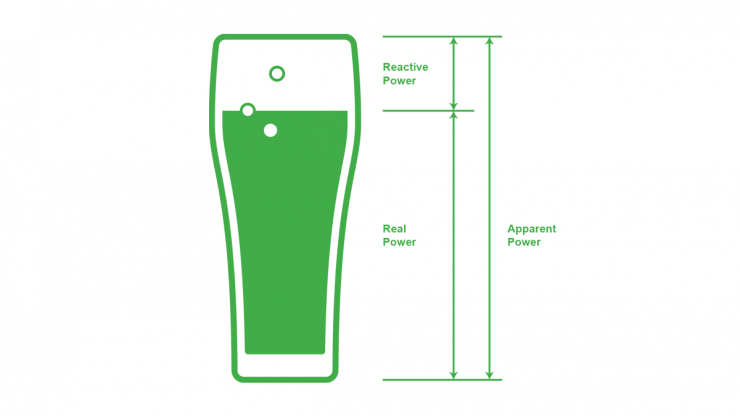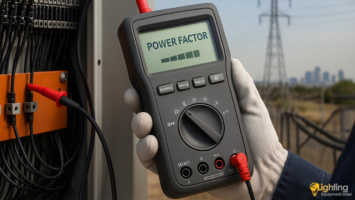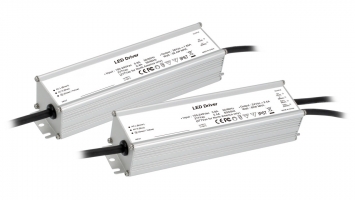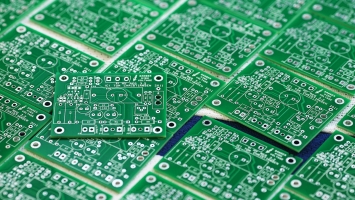
In an alternating current (AC) circuits, the ratio of actual power used on a circuit to the apparent power supplied to the circuit is called power factor (PF). The power factor value can be between 0 and 1. It is good to keep this value close to 1.
Active power is measured in W. It is also known as actual or true power and refers to the power that works in a circuit. Reactive power is measured in VA. It refers to the power that does not work in a circuit. The sum of active power and reactive power are formed apparent power.
If all the power is reactive, the power factor is 0. If all the power is active, power factor is 1.
Power factor is found by dividing the actual power into apparent power.
PF=P/S
PF: Power Factor
P: Actual Power (W)
S: Apparent Power (VA)
The most common example in electrical engineering for the definition of active and reactive power is a glass filled with Weiss beer. Assume that the glass filled with beer and there are suds on it. The beer at the bottom of the glass represent active power, suds on the glass represent reactive power, the whole glass represents apparent power.
Power factor is very important for all electrical devices which supplied with AC power network. In AC/DC converters, power factor correction (PFC) circuits are used to increase the power factor and make it close to 1 as possible.
When power factor is low, the cable thickness which is used to feed should be increased and fuse equipment should be chosen according to this. When power factor is high, cables with less section thickness can be used for the same amount of active power.
It can be said that the power factor for residences does not have any effect on the electricity bill. Because the electricity meters used in residences only read the actual power and billing is done through this value. However, the fact that energy is wasted due to low power factor does not change.
Reactive power is one of the main factors that caused energy pollution. The choice of high-power factor products can be minimized reactive load currents.







COMMENTS
MAKE A COMMENT